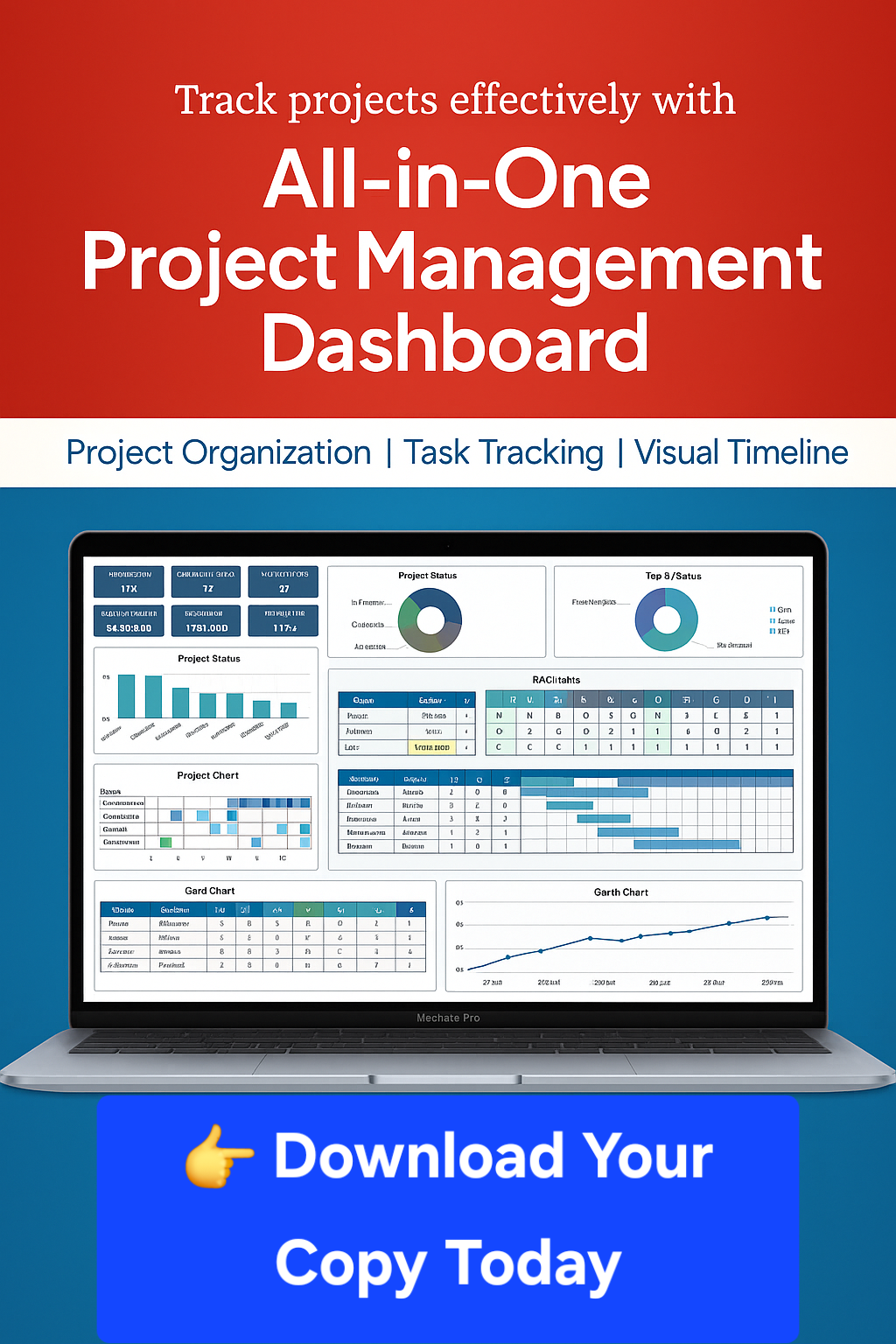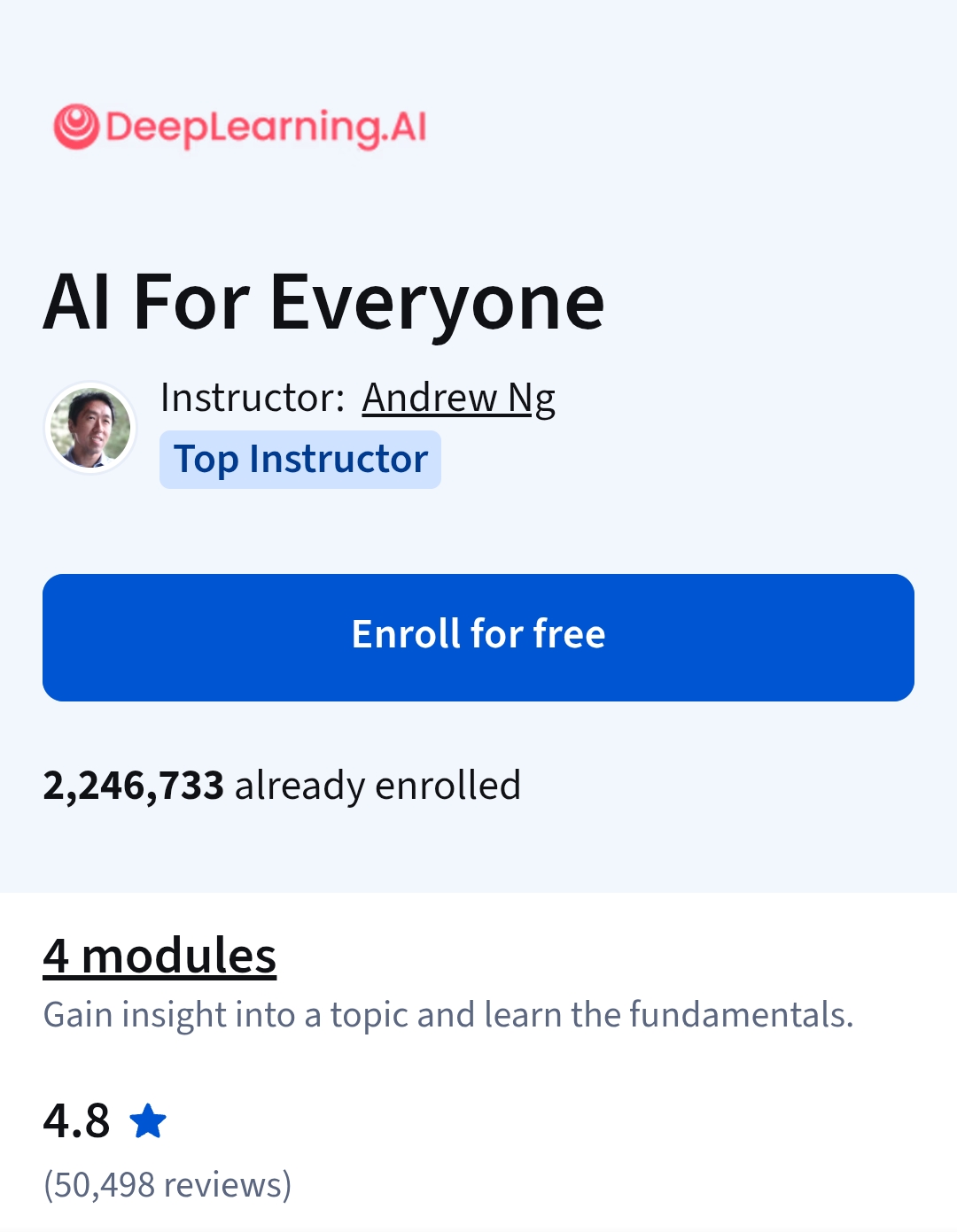Description
The goal of hiring managers is not just to hire people who need a job. It’s to hire people who believe in their organization, its mission and the work that’s involved in the job position. Every hiring manager knows: Hire people to do a job and they’ll work for your money. Hire people who believe in the work and they’ll work for their passion.
And this is not a case of “fake it until you make it.” You have to be genuine about your belief in an organization and its mission. That means you have to have researched the industry, the company, and the position – and be able to show how your goals in life align with the company’s mission. Having done so will shape the impression you convey as a candidate, the way you answer traditional questions, and the way you demonstrate that you’re the right candidate for the job.
This course is the second in a five-course specialization. We recommend that courses #1, #2 and #3 be taken in sequence. Course #4 – on resume and cover letter writing – can be taken in any sequence, while course #5 is the capstone for the specialization as a whole.
This course can be thought of as “Interviewing I”, while course #3 is “Interviewing II.” Course #3 covers more advanced interview formats, including behavioral and situational interviews – along with the special case of telephone screenings. The logic for including telephone screenings – which happen at the start of the interview process – late in this specialization on interviewing is that those screenings, while happening early in the process, involve all the skills that you’ll learn from course #1 through course #3.
As for this course, it will teach you how to:
1. Do thorough research on a company of your choice.
2. Prepare for those critical first 3-5 minutes of an interview (when many recruiters say an interview is either won or lost).
3. Prepare for the all important “Tell Me About Yourself” question.
4. Prepare for traditional interview questions.
5. Use strategies for handling the salary question. We don’t teach you salary negotiation techniques, but we do teach you how to avoid putting yourself in a weak negotiation position.
6. Prepare an elevator speech – all three variations.
7. Use persuasive speech techniques to present professional accomplishments and qualifications in a manner that conveys benefits to a potential employer.
8. Use persuasive speech techniques to convince a potential employer of your interest, motivation and preparation for a particular position.
9. Adapt your nonverbal communication style to the expectations of English-speaking interviewers.
What you will learn
Researching the Market
This module builds on the self-assessment work you completed in the first course. You assemble your list of target industries, companies, and jobs. You put into practice research strategies to support your evolving career goals. You conduct in-depth research into a company of your choice and present your results in the end-of-module peer assessment.
Making a Positive First Impression
Employers want to work with people who fit into the culture of their organization. To show that you’re such a person calls for skills in the art of making a positive first impression. You will identify how these skills apply during an interview or during an informal business event. You will further identify specific steps you can take to develop, and eventually master, the art of making a positive first impression.
Answering Traditional Interview Questions
Preparing for interview questions does not mean memorizing canned responses. It does not mean reading from a script. It does mean doing your research, preparing your stories, and honing your strategies. In this module, you’ll identify strategies and language you can use to begin to communicate your value to a potential employer.
Proving You’ve Done Your Research
There’s nothing that annoys a hiring manager more than interviewing a candidate who hasn’t done research into the prospective company. You’re going to have done your research, and this module shows you how to communicate that in the strategies you use to respond to common interview questions.







